Rréraliázi (RREH-ra-lee-AH-zee)
Known throughout regions under Melopian rule as "The Common Language".
Overview

Phonetic Inventory
Reflecting on the use of a hexadecimal (base-16) number system, Rréraliázi has 32 unique sounds in its phonetic inventory, each represented with its own character in the alphabet. These are balanced equally between 16 consonants and 16 vowel sounds. (Hover over each letter in the tables below for a pronunciation example.)Consonant Sounds
| Alveolar | Retroflex | Velar | Uvular | Glottal | |
|---|---|---|---|---|---|
| Nasal | ɳ |
||||
| Plosive | ʈ ɖ |
k g |
|||
| Affricate | ʈ͡ʂ ɖ͡ʐ |
||||
| Fricative | s z |
ʂ ʐ |
h |
||
| Approximant | ɹ |
||||
| Trill | r |
ʀ |
|||
| Lateral approximant | l |
Vowel Sounds
| Front | Central | Back | |
|---|---|---|---|
| Close | i |
u |
|
| Close-Mid | e |
o |
|
| Mid | ə |
||
| Open | a |
ɒ |
| Diphthongs | ai |
au |
ia |
iu |
ui |
ua |
ei |
ou |
ɒi |
|---|
Syllabic Structure
The syllabic structure of the language is comprised of a (C)(C)V(C)(C) format, meaning that every syllable must contain a vowel at its nucleus, and can potentially have:ɳ ʈ ɖ k g ʈ͡ʂ ɖ͡ʐ s z ʂ ʐ h ɹ r ʀ l sl zl sɹ zɹ sɳ zɳ sʈ sk zɖ zg kl gl ʈɹ ɖɹ kɹ gɹ Nucleus: (16)
i u ə a ɒ e o ai au ia iu ui ua ei ou ɒi Coda Clusters: (64)
ɳ ʈ ɖ k g ʈ͡ʂ ɖ͡ʐ s z ʂ ʐ ɹ r ʀ l ʀl ɹɖ ɹl lɳ ɹɳ ls ɹs ɳs ʈs ks lz ɹz ɳz ɖz gz lʂ ʈʂ kʂ lʐ ɖʐ gʐ lʈ ɹʈ ɳʈ sʈ ʂʈ kʈ lɖ ɹɖ ɳɖ zɖ ʐɖ gɖ lk ʀk rk ɹk ɳk sk ʂk lg ʀg rg ɹg ɳg zg ʐg ɹʈ͡ʂ ɹɖ͡ʐ Other sound combinations do not feature in the language of Rréraliázi, as it was designed to be speakable by all folk, regardless of their anatomy. This makes it easier to learn and more accessible for its intended global audience as a language of trade and negotiation.
Left to right Word Order
Subject, Verb, Object (SVO) - "I eat cheese." Stress
Stress is marked by an accented vowel (such as latin transcriptions: á, í, ú, ó, é) and some words can have secondary places of stressed emphasis. In the Rréraliázi alphabet, stress is indicated with a dot inside of the counter of the vowel letter (which sometimes is noted instead with a line, or complete fill when hand written). Number System
Hexadecimal (base-16) Alphabet
Whilst Rréraliázi translates literally to "common language", it has a secondary definition of "alphabet" as it is the order of the first 8 letters in the alphabet. The letters are ordered (mostly) from front sounds, to middle sounds, and ending with back sounds (which are also reflected in the line stroke of each character). There are two trills in the alphabet, /r/ and /ʀ/. The alphabet begins with the frontal /r/ (a rolled "R") and ends with the letter /ʀ/ (a rolled sound in the back of the throat).
Number System
Rréraliázi uses a hexadecimal (base-16) number system because of the prevalence of this number throughout history. There are 32 hours in the day, but only 16 are displayed on a clock face as this came from the historical method of time-telling by using a sun dial split into 16 segments, marking from sunrise to sunset (it was, unsurprisingly, not functional after sunset). Koinz are counted in 16 per denomination, with 16 kounts to the shull, 16 shulls to the grot, and 16 grots to the jul. Methods of measuring also come in groups of 16, such as barrel sizes.Unique Digits
Each digit begins with a downward stroke and branches off.The four directions signify the numbers 1, 2, 4, and 8, with the branches equalling a sum of numbers. Carved and printed numbers are depicted with straight lines and hard edges, whereas some folks use flowing cursive writing when jotting things down by hand which causes the numbers to look more like letterforms.
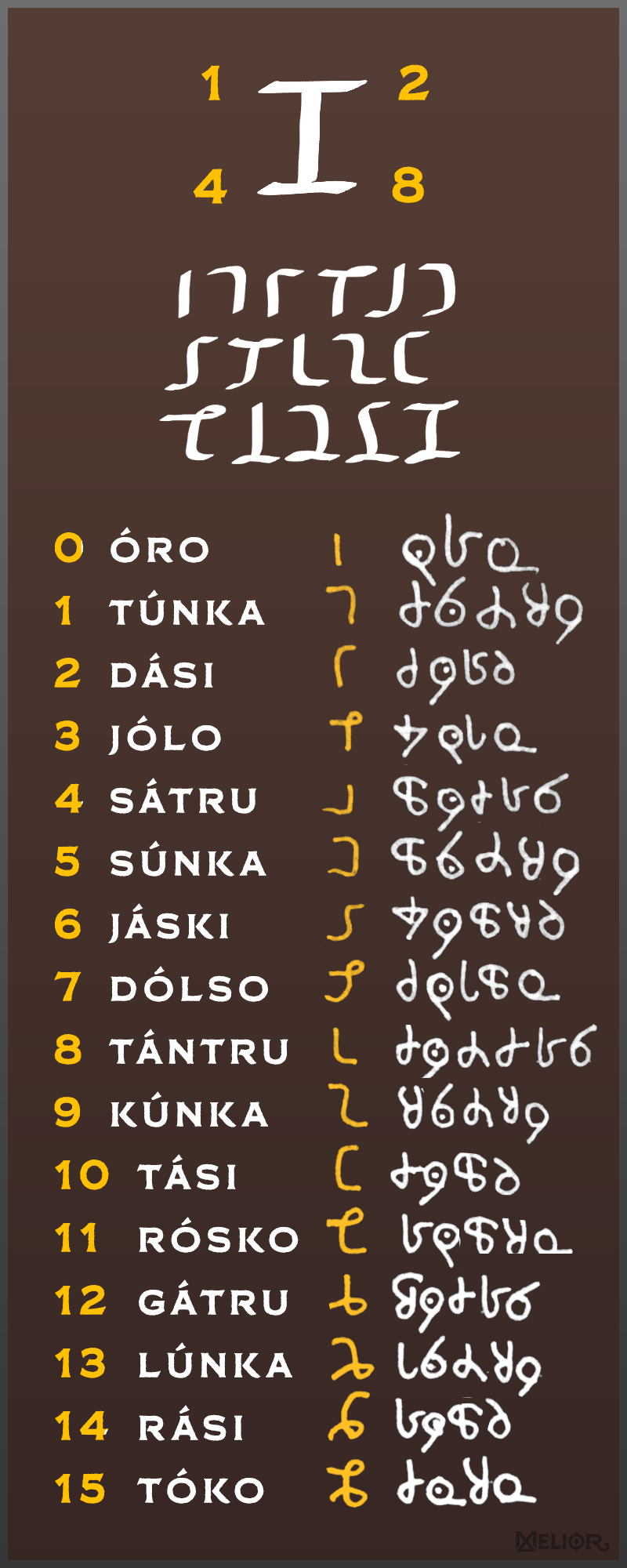
Counting to 255
All folks have at least four digits on their hands, enabling them to count from 0-15 on one hand and up to a maximum of 255 using two hands. The system is designed so that the largest majority of folks can count using their digits. Folks who have five digits (like humans and fauns), can ignore their smallest digit by keeping it closed, crossed or next to the second-last digit. The smallest digit (such as the pinky finger) is the one that’s ignored, not the thumb. This is so that when you hold up your hands to show a number, it will mean the same to a folk who has only four digits.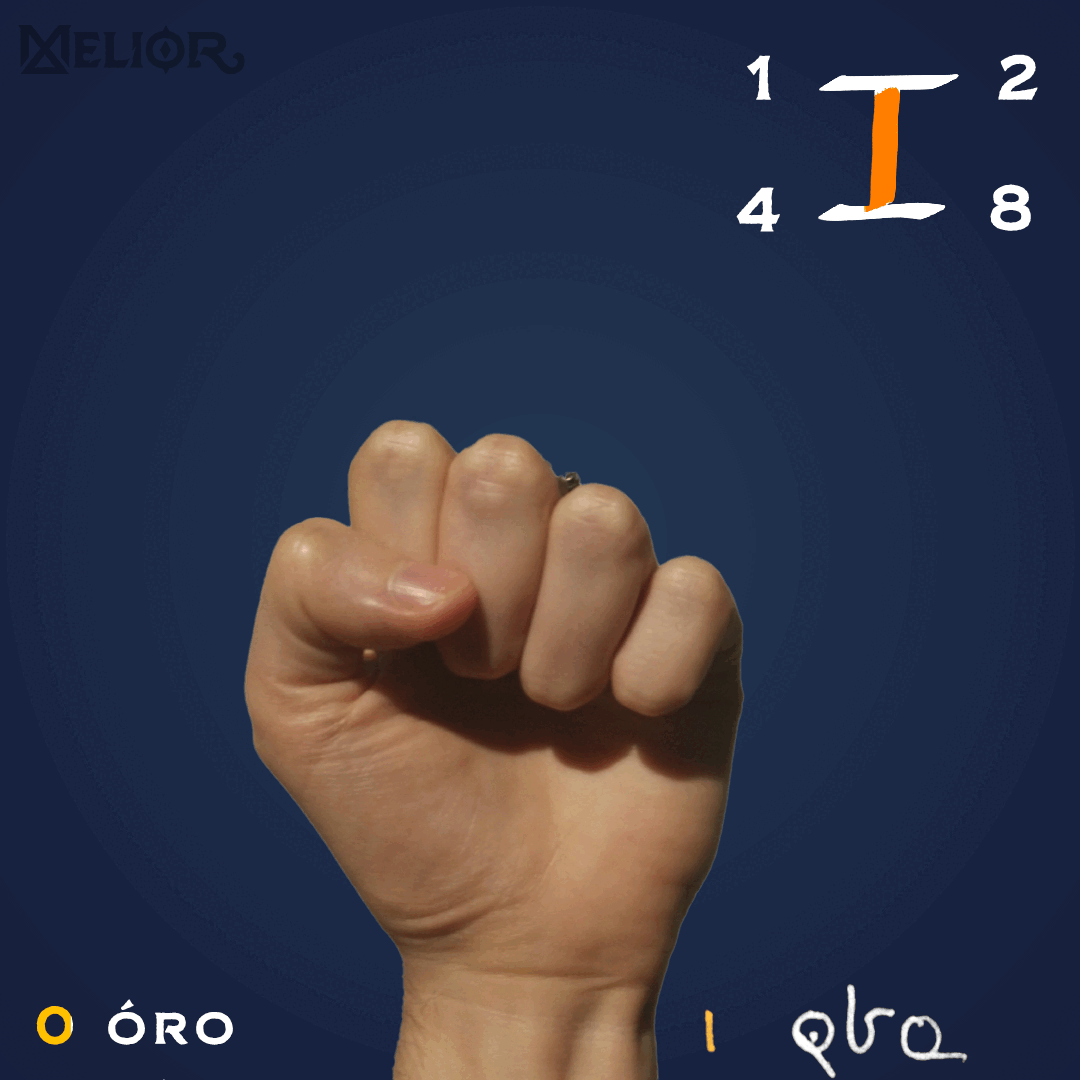

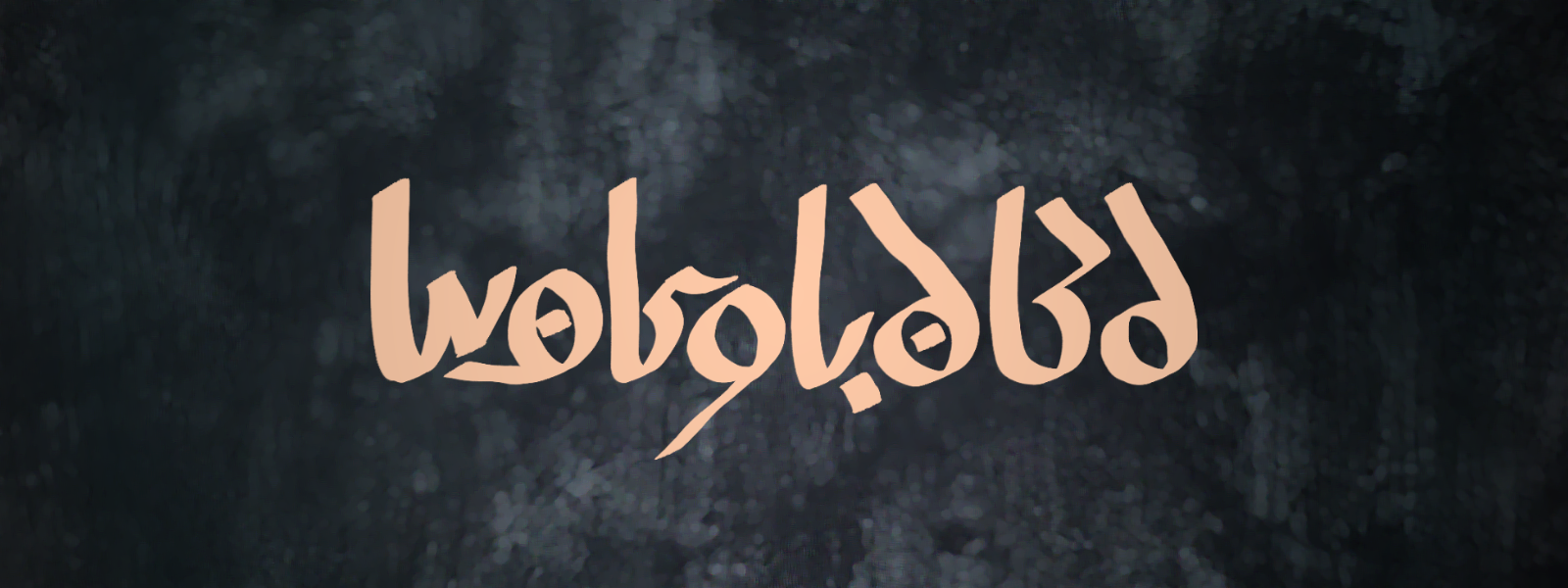



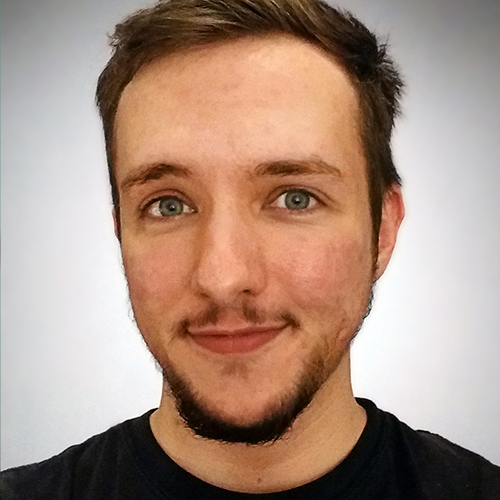






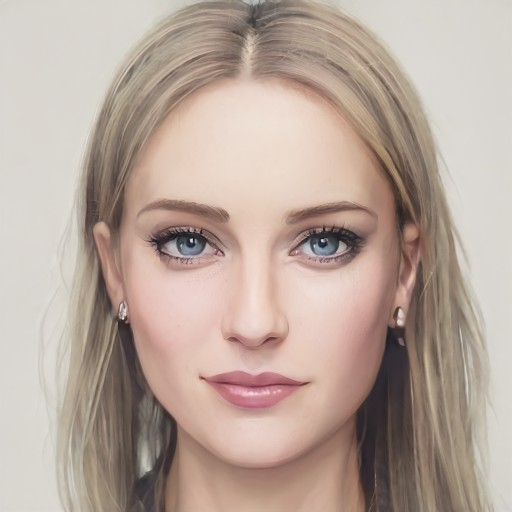


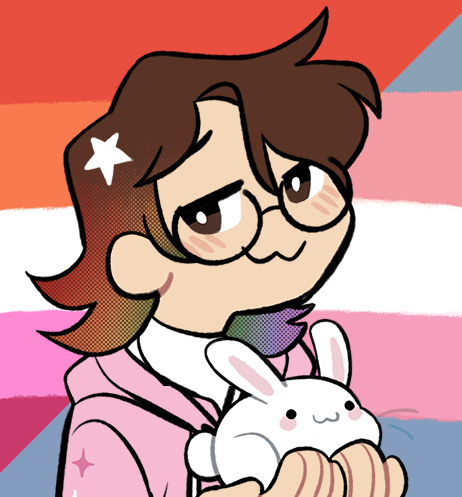

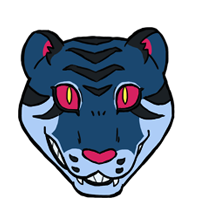
This is some seriously intricate work, great craft TJ.
World Anvil Founder & Chief Grease Monkey
Twitter | World Anvil Changelog
“No act of kindness, no matter how small, is ever wasted.” - Aesop
Thanks so much! You saw it a little early, I've now expanded on the overview section and added in details about the significance of the consonant and vowel letterforms :D